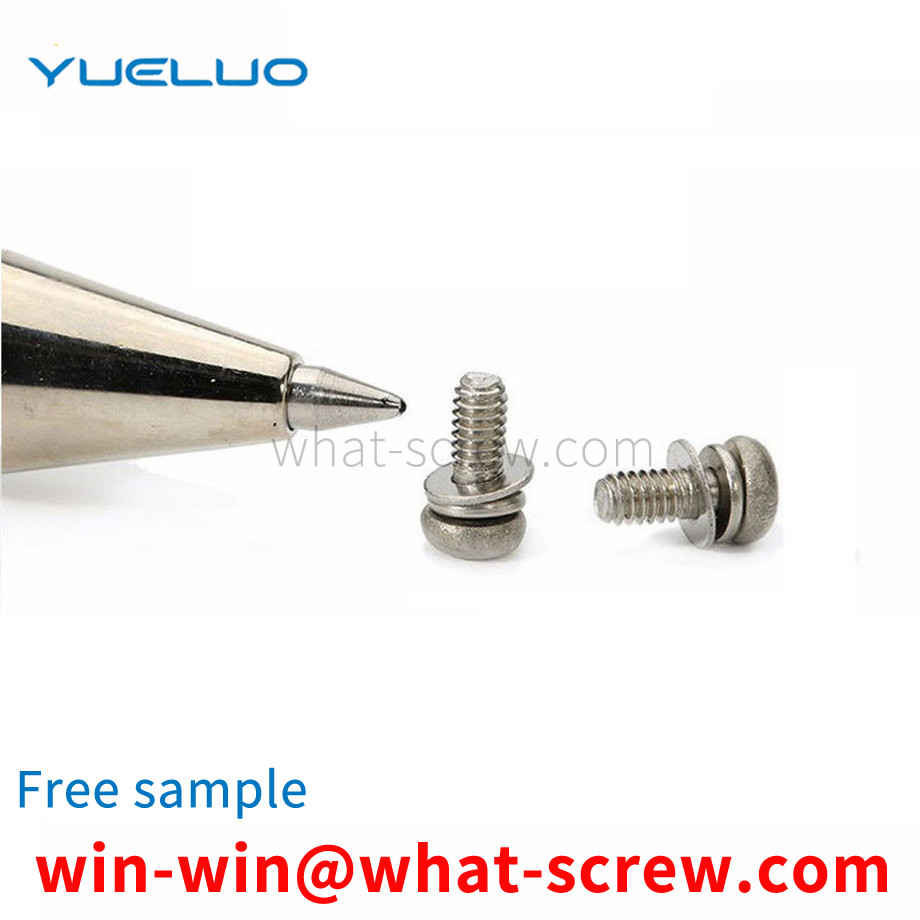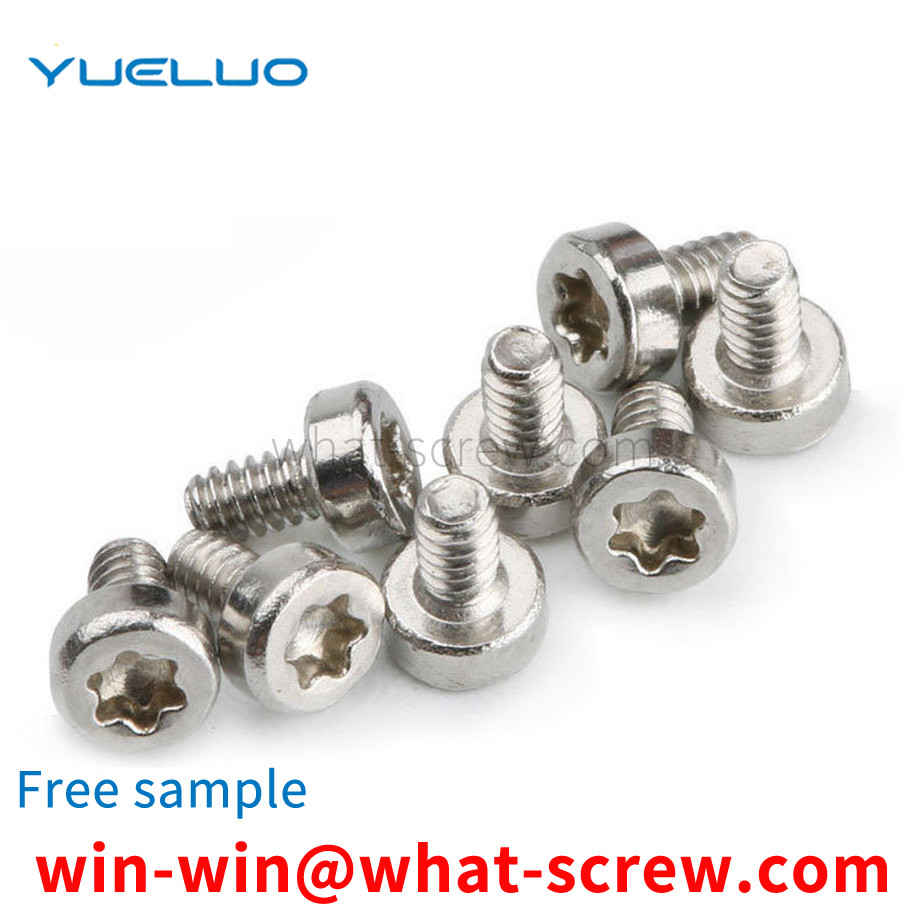As we all know, screws and nuts are widely used in various mechanical equipment as connectors, so that the mechanical equipment can be easily disassembled, but for equipment whose internal structure needs to be kept secret, it generally does not need to be disassembled after assembly. The nut can be easily dismantled, leaving equipment that needs to be kept secret of the internal structure from being kept secret.
⑥ Surface Treatment Zn: White Zinc C: Color Zinc B: Blue Zinc F: Black Zinc O: Black Oxide Ni: Nickel Cu: Bronze Br: Red Copper P: Phosphating
There are many names for screws in the scope of application. Everyone may have different names. Some people call them screws, some people call them screws, some people call them standard parts, and some people call them fasteners. Although there are so many names, but the meaning is the same, they are all screws. A screw is a generic term for a fastener. The principle of the screw is to use the physical and mathematical principles of the oblique circular rotation of the object and the friction force to gradually tighten the tool of the utensil. Screws are indispensable in daily life and industrial production, so screws are also known as the rice of industry. The scope of application of screws includes: electronic products, mechanical products, digital products, electrical equipment, electromechanical mechanical products. Ships, vehicles, hydraulic engineering, and even chemical experiments also use screws. There are many types of screws, whether it is a very small screw for glasses or a large screw for large heavy electrical engineering. The accuracy of screws is usually 6g (class 2, the American standard IFI is 2A teeth), and the rough screws used in construction projects are 1g. Screws are widely used, so the screw market is large, resulting in more manufacturers producing screws. When buyers choose a professional screw manufacturer, they need to understand some professional basic knowledge of screws, such as screw classification standard specification and American screw specification table.
Heat treatment technology has a crucial impact on high-strength fasteners, especially its intrinsic quality. Therefore, in order to produce high-quality high-strength fasteners, advanced heat treatment technology and equipment must be available. 1. Status of heat treatment of high-strength fasteners High-strength fasteners have 4 performance levels, namely 8.8, 9.8, 10.9, and 12.9. These four grades of high-strength fasteners must be quenched and tempered. The purpose of heat treatment and tempering is to improve the comprehensive mechanical properties of fasteners to meet the specified tensile strength value and yield ratio of the product. Therefore, the quenching and tempering process has strict requirements on raw materials, furnace temperature control, furnace atmosphere control, quenching medium, heat treatment quality inspection and control, etc.
As shown in FIG. 1 and FIG. 2 , a rivet die in the prior art includes a set of top die 1 and cover die 2 arranged opposite to each other. The top die 1 is provided with a cavity 1 in the center that matches the shape of the rivet dome head 3-1. -1, the center of the cover mold 2 is provided with a mold cavity 2-1 that matches the shape of the rivet dome head 3-3.
We have many years of experience in the production and sales of screws, nuts, flat washers, etc. The main products are: anti-buckle screws, square head clip nuts, ring hook expansion bolts with ring rings, flat head hexagon socket bolts with needles and other products, we can provide You have the right fastener solution for you.



















 Service Hotline
Service Hotline




